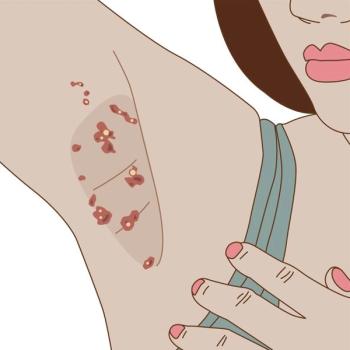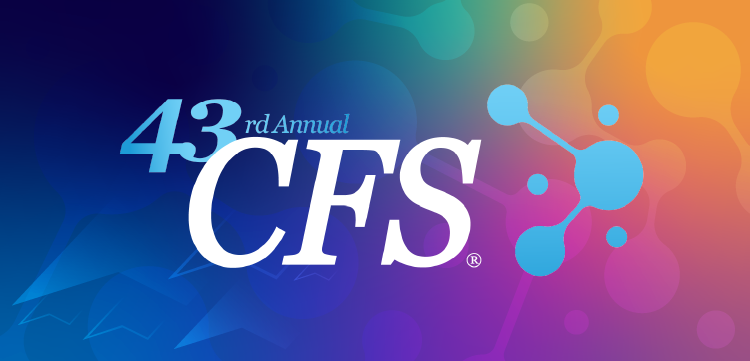
Porokeratosis: Five Clinical Variants
Porokeratosis is a clonal disorder of keratinization that features patches with raised red rims and atrophic centers. The histologic hallmark of porokeratosis is the cornoid lamella, the pathologic substrate of the ridgelike border.
Porokeratosis is a clonal disorder of keratinization that features patches with raised red rims and atrophic centers.1 The histologic hallmark of porokeratosis is the cornoid lamella, the pathologic substrate of the ridgelike border. The 5 clinical variants of porokeratosis are classic porokeratosis of Mibelli (A); disseminated superficial actinic porokeratosis (DSAP) (B); porokeratosis palmaris et plantaris disseminata; linear porokeratosis; and punctate porokeratosis. DSAP, the most common type, is 3 times as likely to develop in women as in men. The typical patient is a woman in her third or fourth decade who has a history of excessive sun exposure. The condition manifests as innumerable small, indistinct light brown macules with threadlike red borders on the extensor surfaces of the arms and the legs. Malignant degeneration of DSAP into squamous cell carcinoma is seen primarily in elderly patients.
Treatment options include cryotherapy, laser ablation, photodynamic therapy, and topical 5-fluorouracil.
References:
REFERENCE:1. Sehgal VN, Jain S, Singh N. Porokeratosis. J Dermatol. 1996;23:517-525.
Newsletter
Enhance your clinical practice with the Patient Care newsletter, offering the latest evidence-based guidelines, diagnostic insights, and treatment strategies for primary care physicians.


















































































































































































































































































